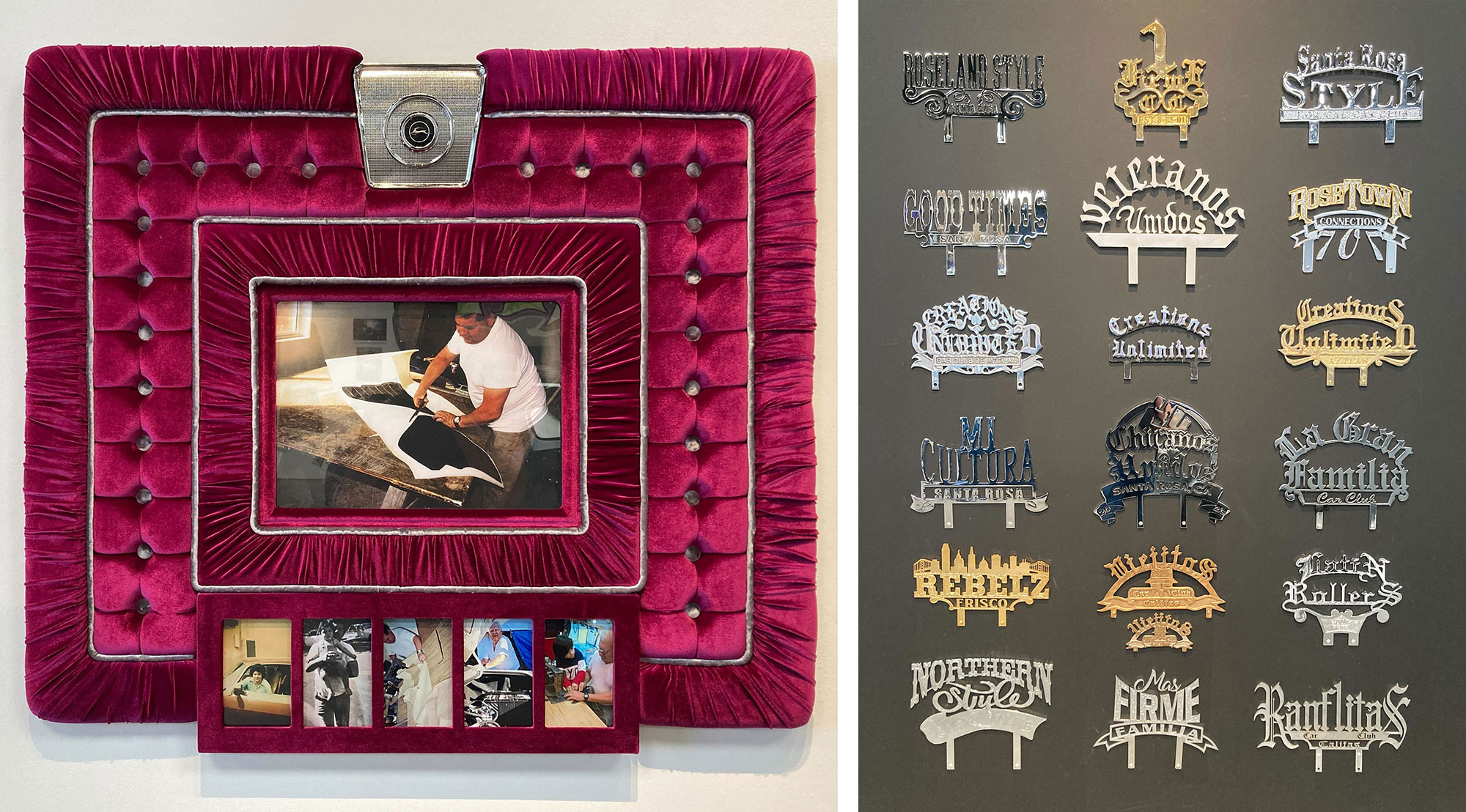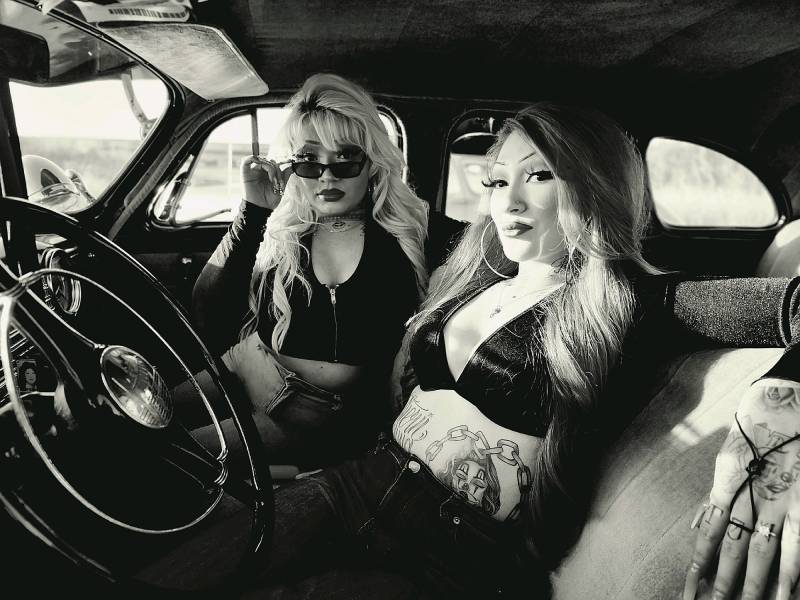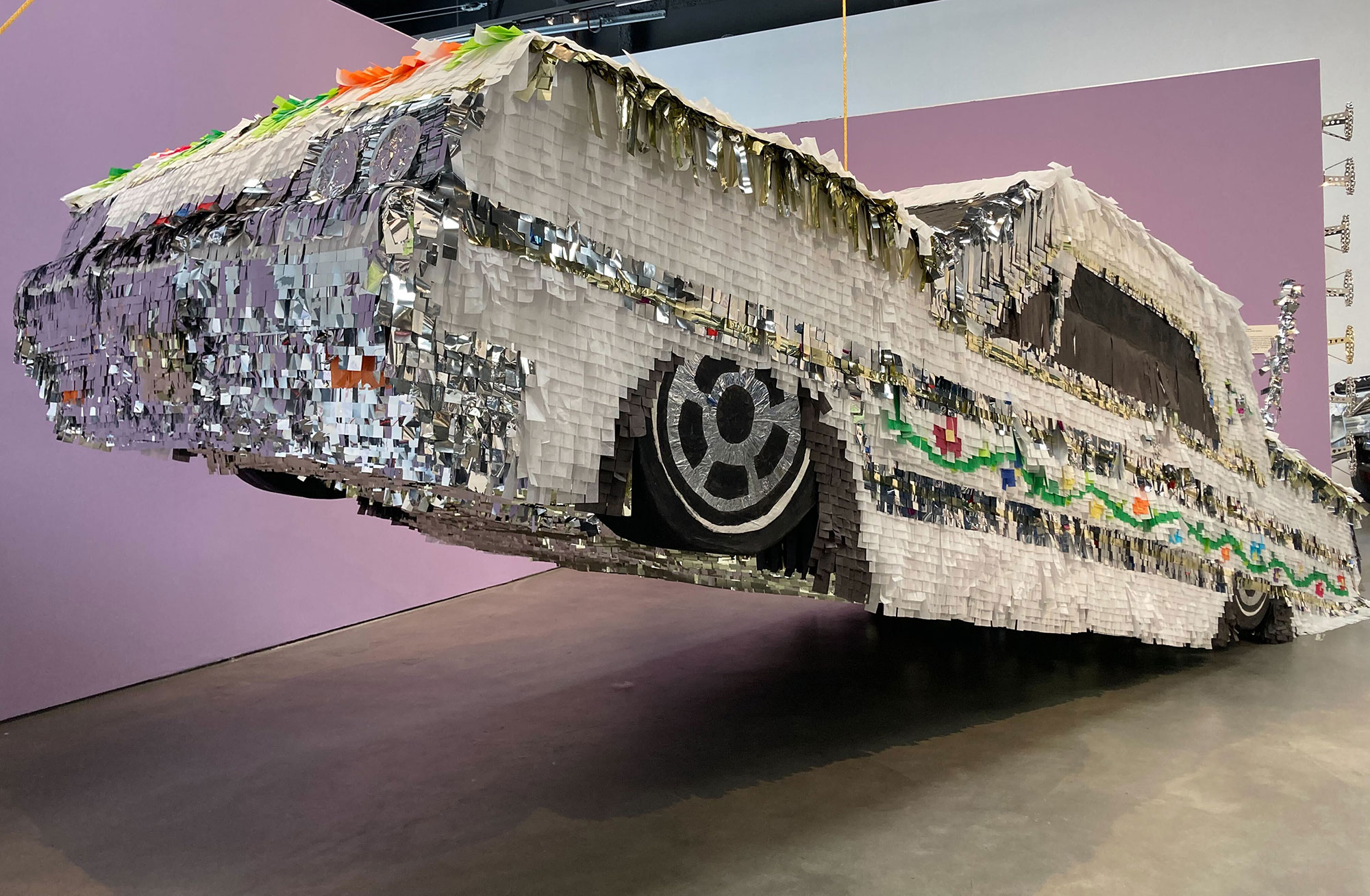Ask any longtime Santa Rosan about the cruising scene in town, and they’re likely to reminisce about the bustling weekend-night cruise strip of their teen years. It might have been Fourth Street between Courthouse Square and the Eat ‘n’ Run drive-in, or Mendocino Avenue between Long’s Drugs and downtown.
As it happened, my younger years coincided with Santa Rosa’s first anti-cruising ordinance (PDF). Perhaps not so coincidentally, it wasn’t enacted until Chicano lowrider culture became prominent on the city’s cruise strip, with hydraulics and large speakers. On Saturday nights, skateboarding on the sidewalk while custom Cadillacs and mini-trucks showed out in the street, I regularly witnessed cops pulling over these drivers, most of them Black or Latino.
Change came slowly. After 37 years on the books, Santa Rosa’s cruising ban was finally repealed in 2023, thanks in part to the city’s first-ever council member from the largely Latino Roseland neighborhood, who knew his constituents’ frustration and decided to do something about it.

Even at age 11, my skater friends and I could sense that laws like Santa Rosa’s cruising ordinance were discriminatory and unjust. Cruisin’, an exhibition at the Museum of Sonoma County on display through Nov. 24, is a giant step toward understanding rather than persecuting lowrider culture.
Filled with the artwork and custom designs of Sonoma County car clubs, Cruisin’ shows the familial bonds forged in the lowrider community, and the unceasing dedication and creativity of the scene. With the cooperation of local riders, artists and archivists, along with members from the Sonoma County Lowrider Council, the exhibition gathers all the material evidence of lowrider life: meticulously painted car hoods. A reimagined upholstery panel. Airbrushed T-shirts. Sixteen different jackets and 19 custom car plaques. A large chassis with hydraulics.




